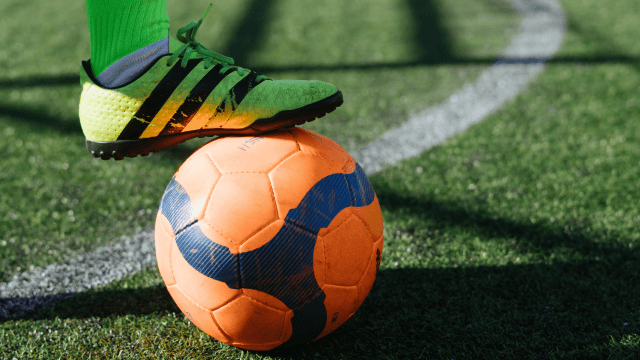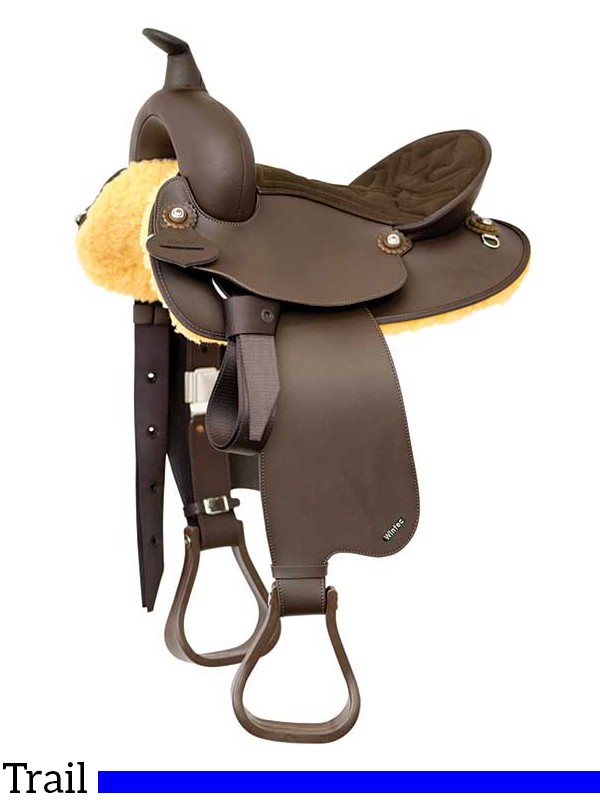Pickleball Courts: Where Precision Meets Playfulness

Pickleball, a rapidly growing racquet sport, has taken the athletic world by storm, captivating players of all ages. Central to the game’s essence is the pickleball court—a carefully designed space where strategy, skill, and camaraderie converge. In this exploration, we delve into the intricacies of pickleball courts, dissecting their dimensions, rules, and the unique charm that makes them the epicenter of this exciting sport.
The Blueprint of Precision: Pickleball Court Dimensions
At the heart of every pickleball match lies the meticulously designed court. The pickleball court dimensions adhere to specific measurements, ensuring a fair and standardized playing field. A standard pickleball court is 20 feet wide and 44 feet long, perfectly nestled within the lines that define its boundaries. The dimensions are tailored to provide an optimal balance between agility and strategic gameplay.
A Tapestry of Lines: The Anatomy of a Pickleball Court
Pickleball courts are adorned with a distinctive tapestry of lines that define various zones and boundaries crucial to the game. The baseline, sidelines, and non-volley zone, often referred to as “the kitchen,” create a framework that guides player movements and shot selections. The intricate web of lines adds an aesthetic element to the court while serving as a visual roadmap for players navigating the fast-paced rallies.
Non-Volley Zone: The Strategic Chessboard
Central to the unique dynamics of pickleball is the non-volley zone, a seven-foot area adjacent to the net on both sides of the court. Players are restricted from volleying the ball—hitting it in the air without allowing it to bounce—while inside this zone. This rule adds a strategic layer to the game, challenging players to balance aggression with precision and fostering a delicate dance near the net.
The Signature Sound: Pickleball Court Surface
The sound of paddles striking polymer balls reverberates on the surface of pickleball courts. The playing area typically features a hard, smooth surface, often constructed with materials like asphalt or concrete. The surface’s consistency ensures a predictable bounce of the ball, allowing players to master their shots and strategies with confidence.
Doubles vs. Singles: Adapting the Court for Gameplay
Pickleball courts are adaptable, catering to both singles and doubles play. The court’s dimensions remain the same for both formats, but the dynamics shift as players strategize based on team collaboration or individual prowess. Doubles play introduces teamwork, communication, and synchronized movements, while singles play emphasizes individual agility and precise shot placement.
The Net: Dividing Challenges and Triumphs
Dominating the center of the pickleball court is the net, a three-foot-high barrier that divides the playing area into two equal halves. The net not only serves as a physical obstacle but also introduces nuances to the game. Players strategically aim shots over or around the net, testing their opponents’ reflexes and creating opportunities for strategic plays.
Line Calls and Fair Play: Upholding Integrity
Pickleball, like any sport, relies on fair play and adherence to rules. The lines on the court serve as a guide for making accurate line calls, emphasizing the importance of sportsmanship and integrity. Players must be vigilant, making calls in good faith, and disputes are resolved through open communication—a testament to the sportsmanship embedded in pickleball culture.
The Community Hub: Pickleball Courts and Social Connection
Beyond the lines and dimensions, pickleball courts become dynamic hubs fostering social connections. Local parks, recreation centers, and dedicated pickleball facilities are often buzzing with players of varying skill levels, creating a vibrant community. Pickleball’s inclusive nature ensures that players of all ages and backgrounds converge on the courts, sharing the joy of the game and forging lasting friendships.
Maintenance and Innovation: Sustaining the Pickleball Experience
The longevity and quality of pickleball courts depend on consistent maintenance. Regular resurfacing, net inspections, and overall upkeep are essential to ensure a safe and enjoyable playing environment. As the sport continues to surge in popularity, innovation in court design and materials is on the rise, aiming to enhance the overall pickleball experience and accommodate the growing demand for top-notch facilities.
Conclusion: The Arena of Pickleball Passion
In conclusion, pickleball courts are more than just playing surfaces; they are the arenas where passion, precision, and playfulness intertwine. From the signature sound of paddles striking balls to the strategic dance within the non-volley zone, the pickleball court serves as the stage for a sport that has captured the hearts of millions. As the sport evolves, so too will the courts, ensuring that pickleball remains a dynamic and thrilling pursuit for players worldwide.





